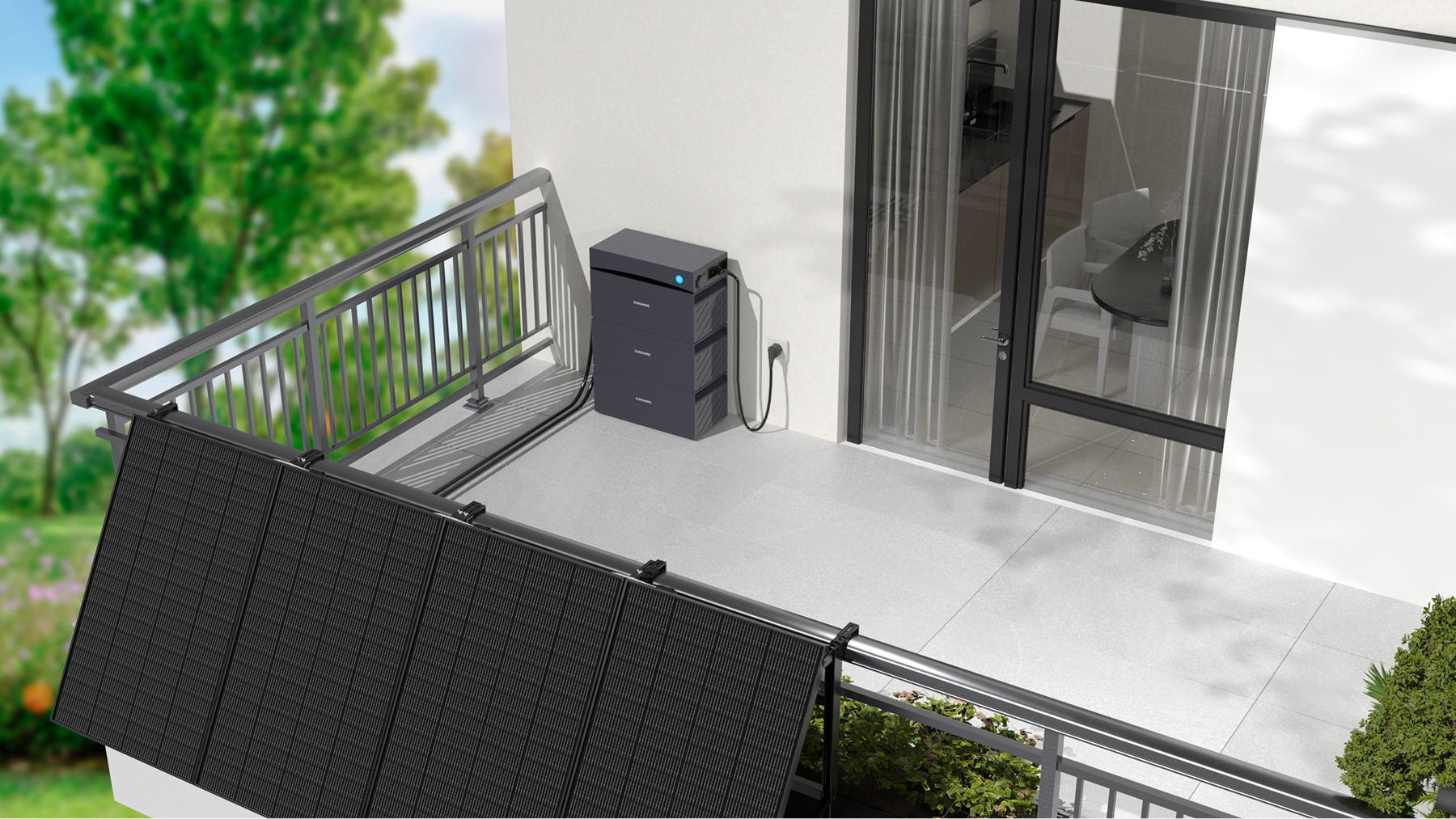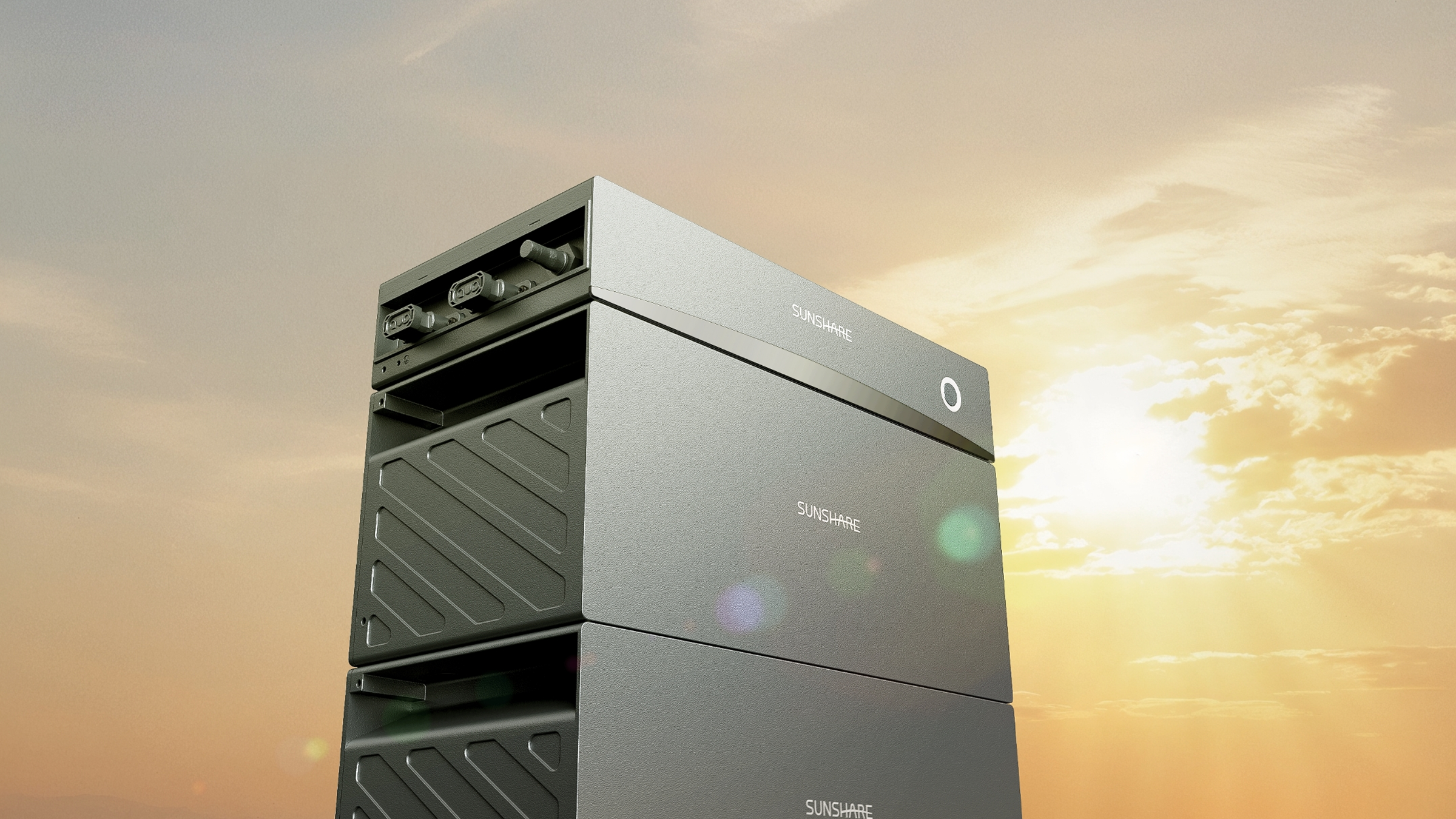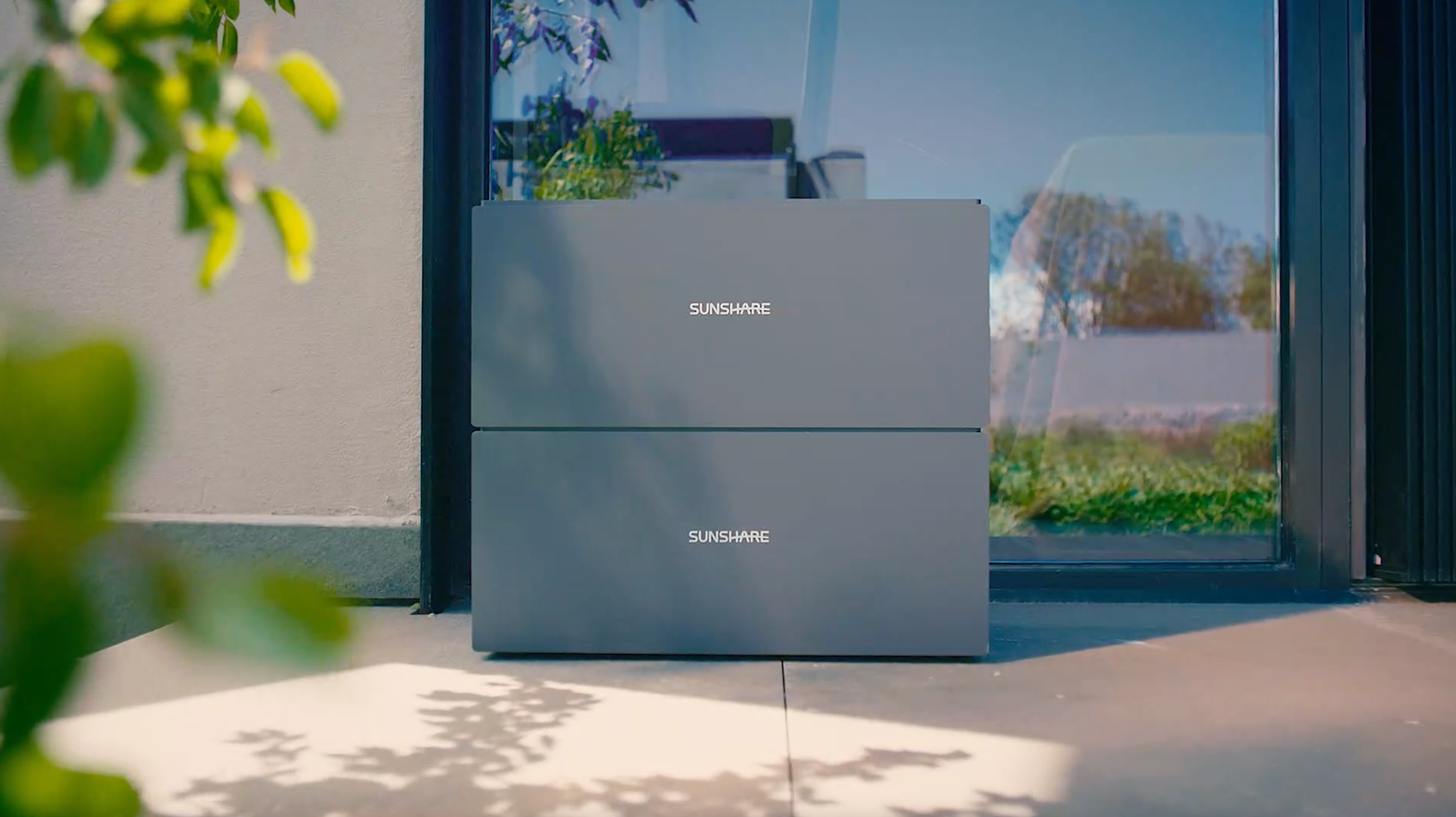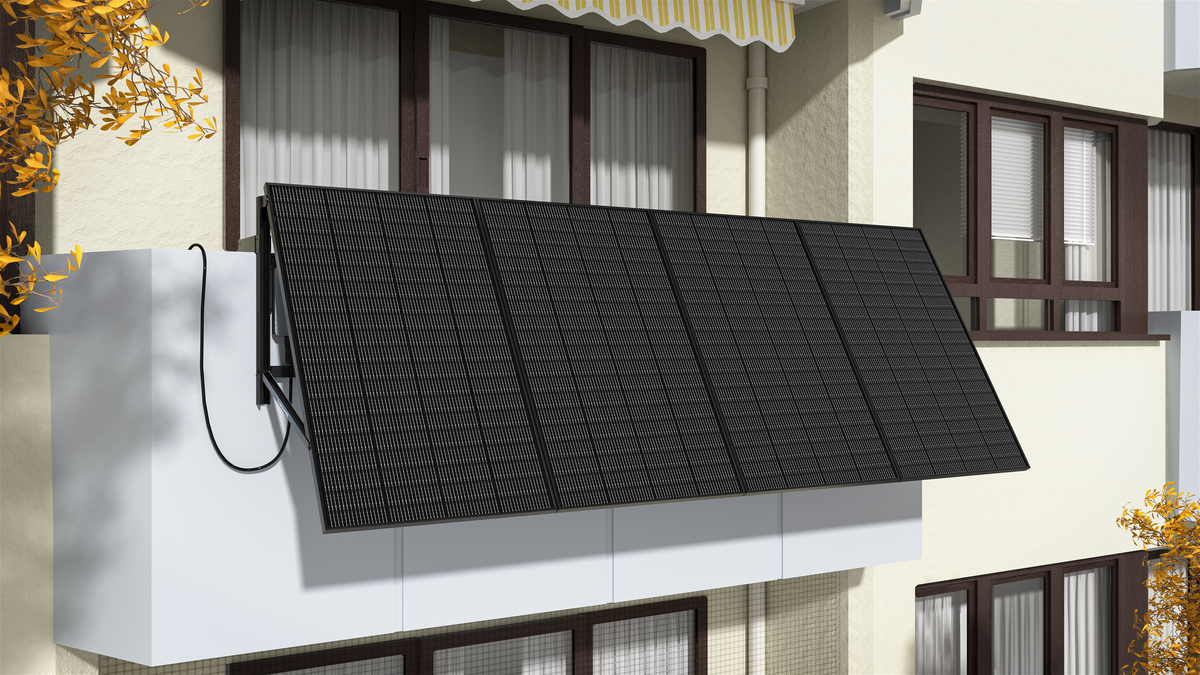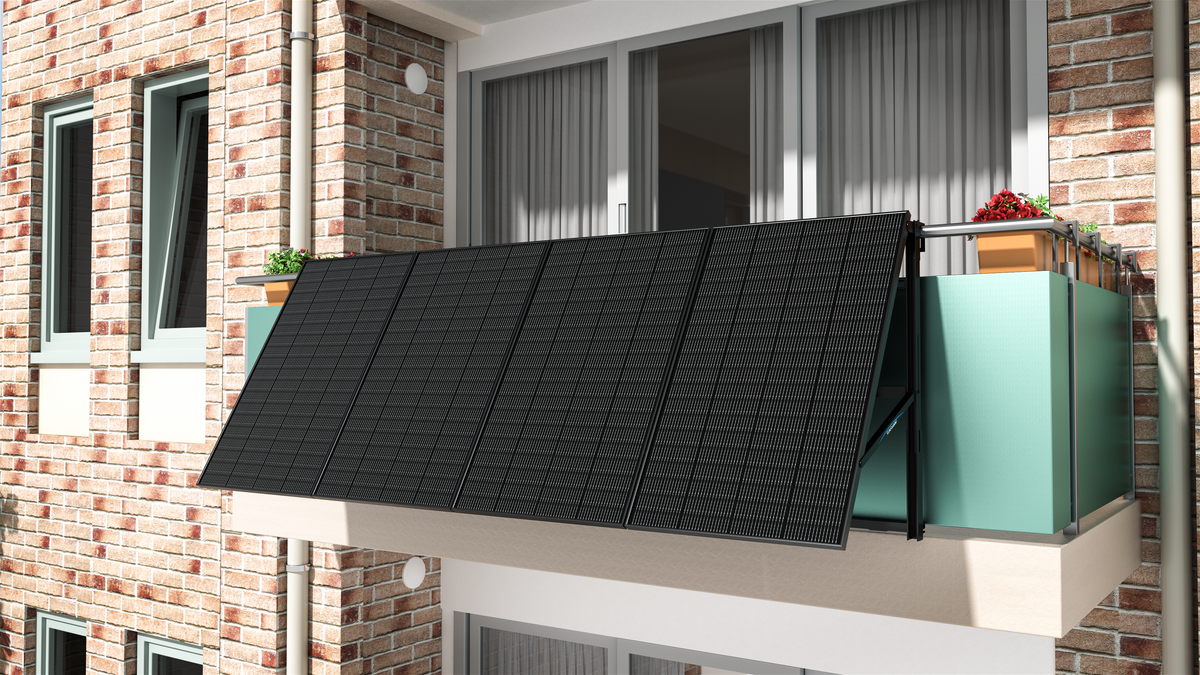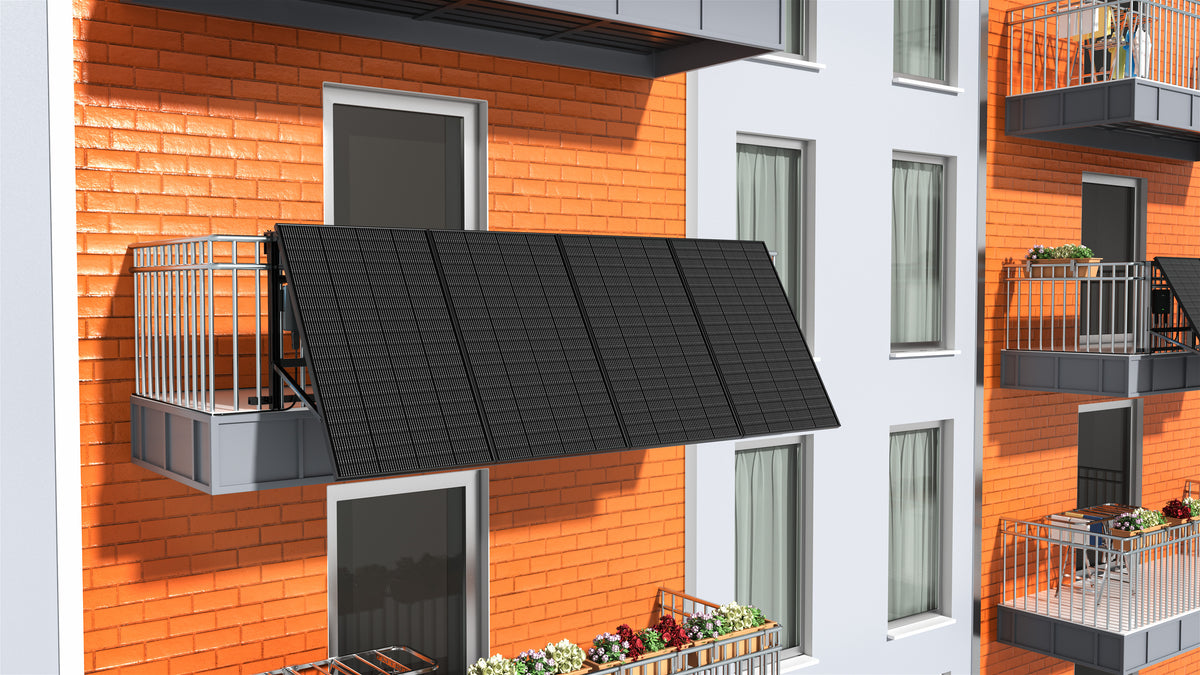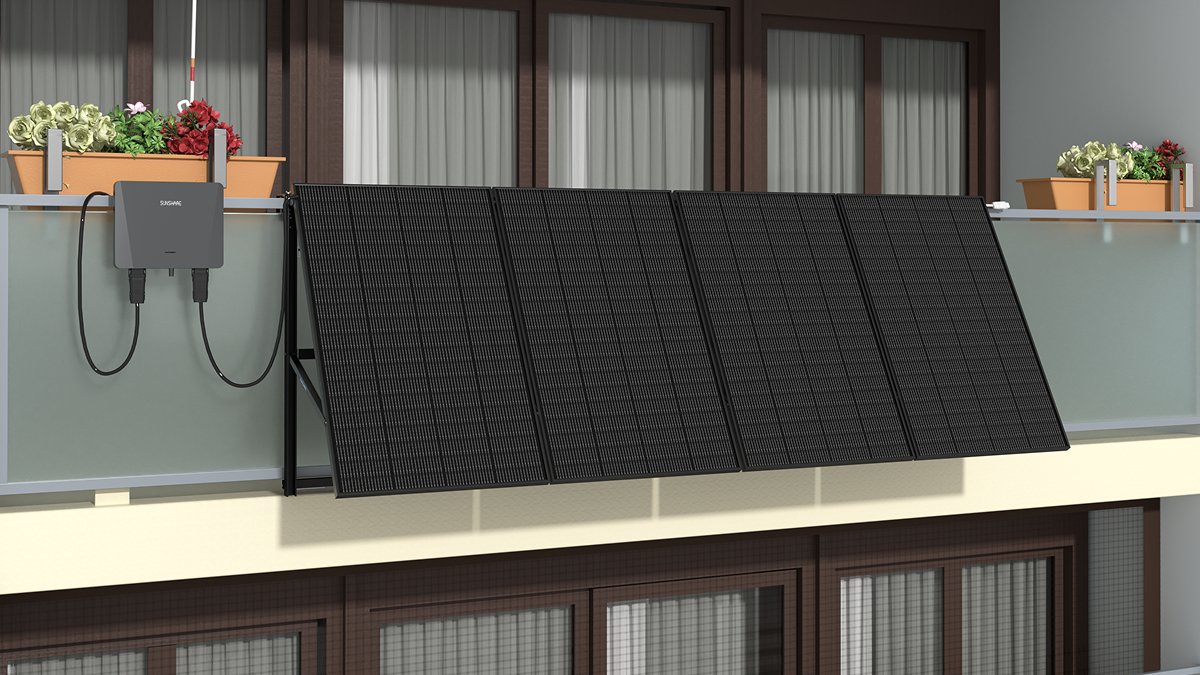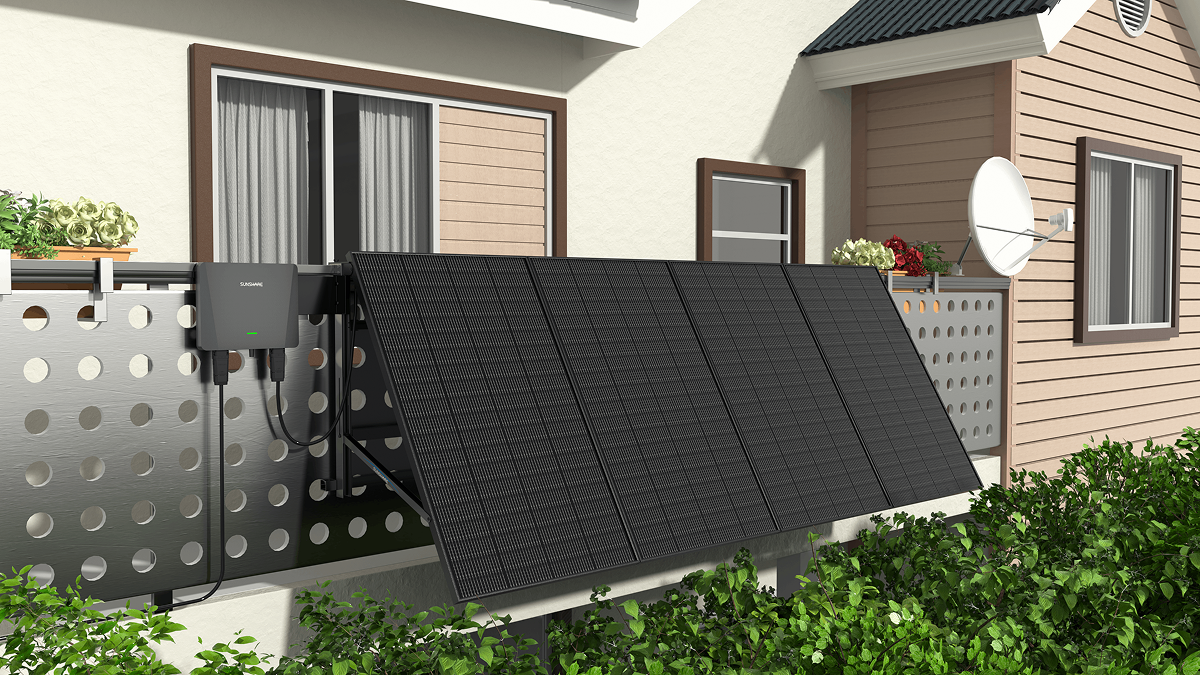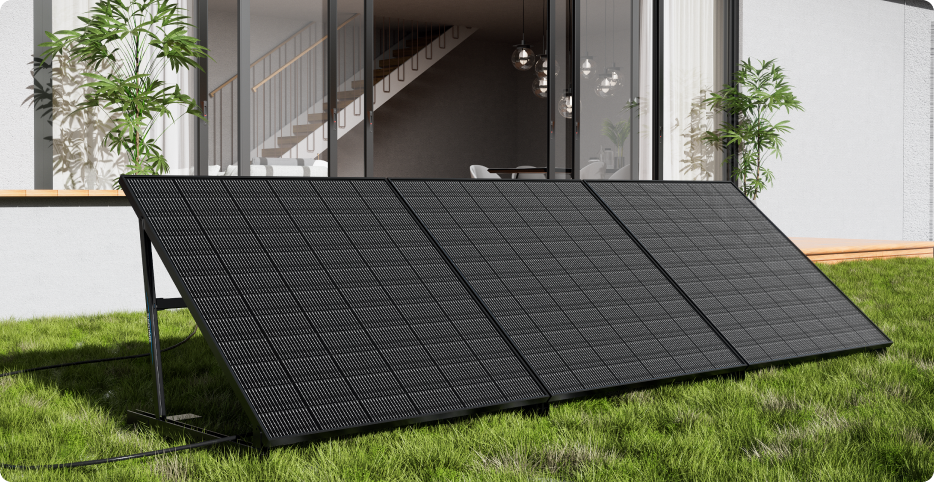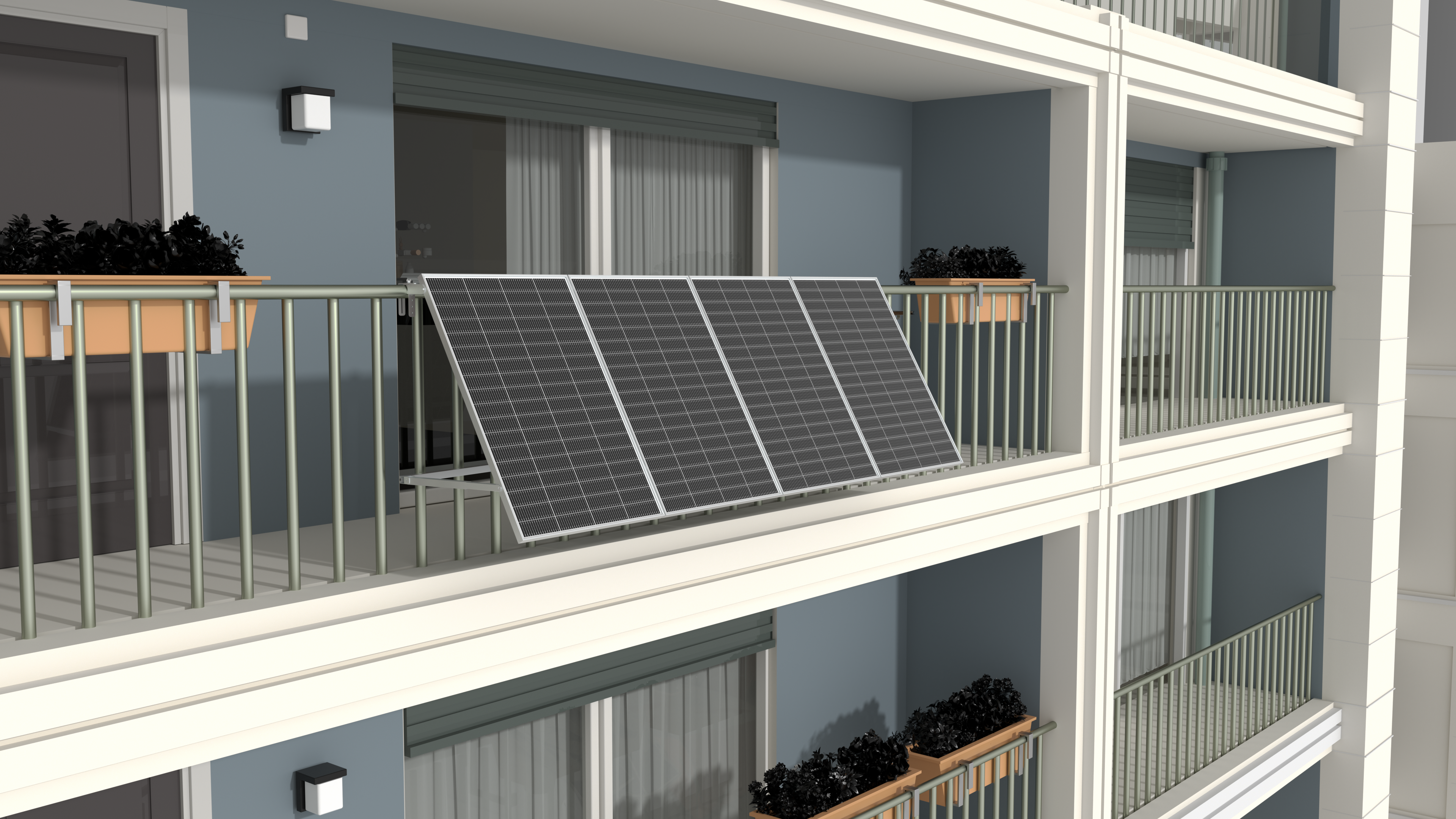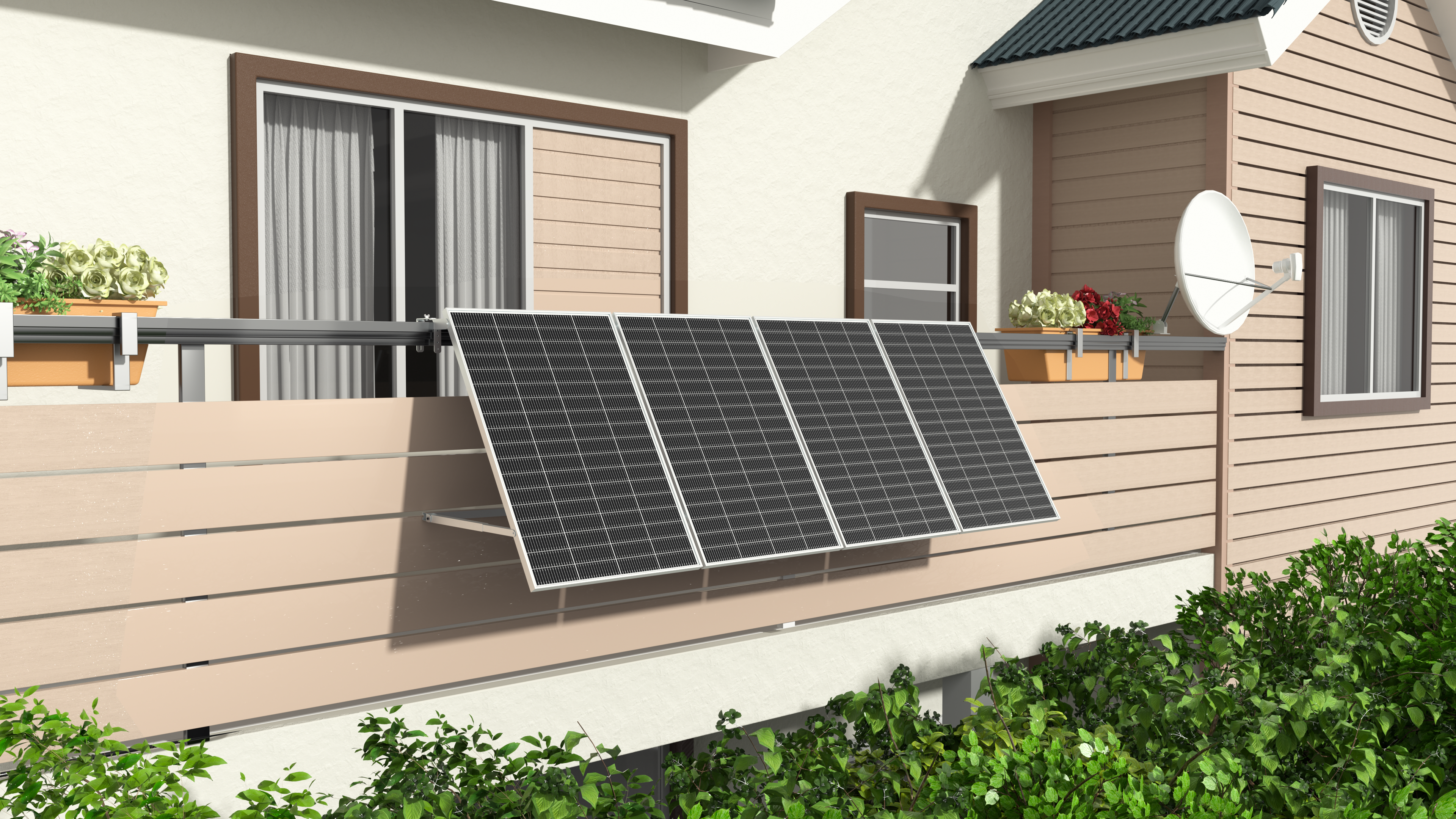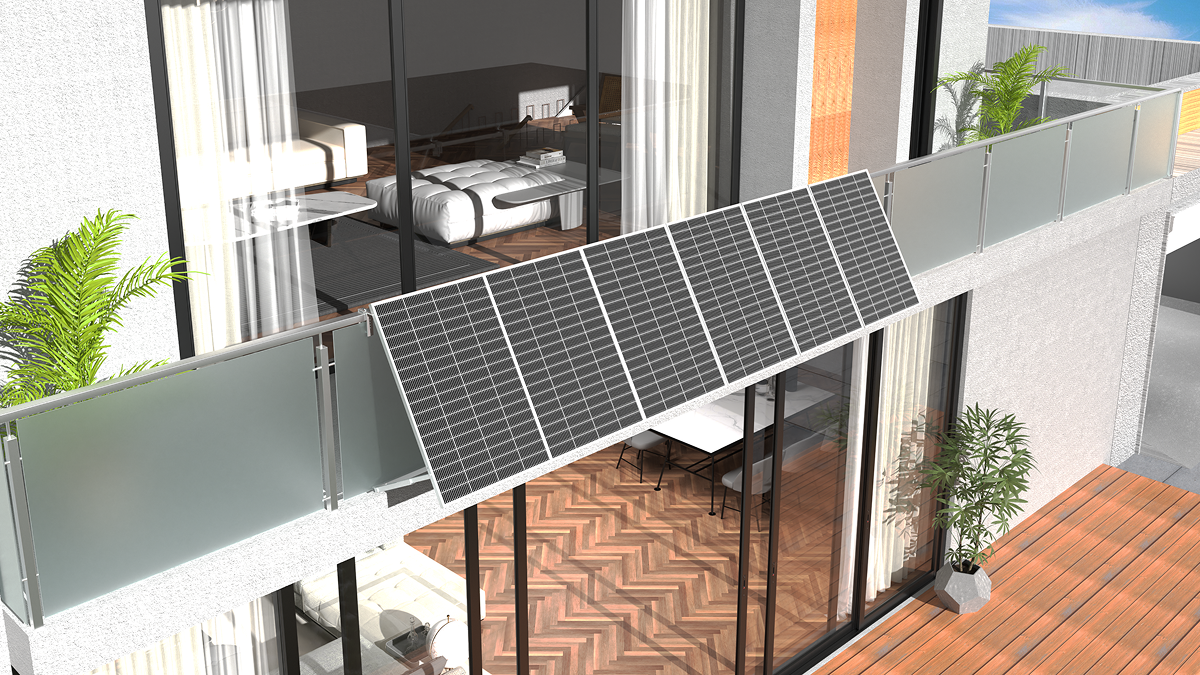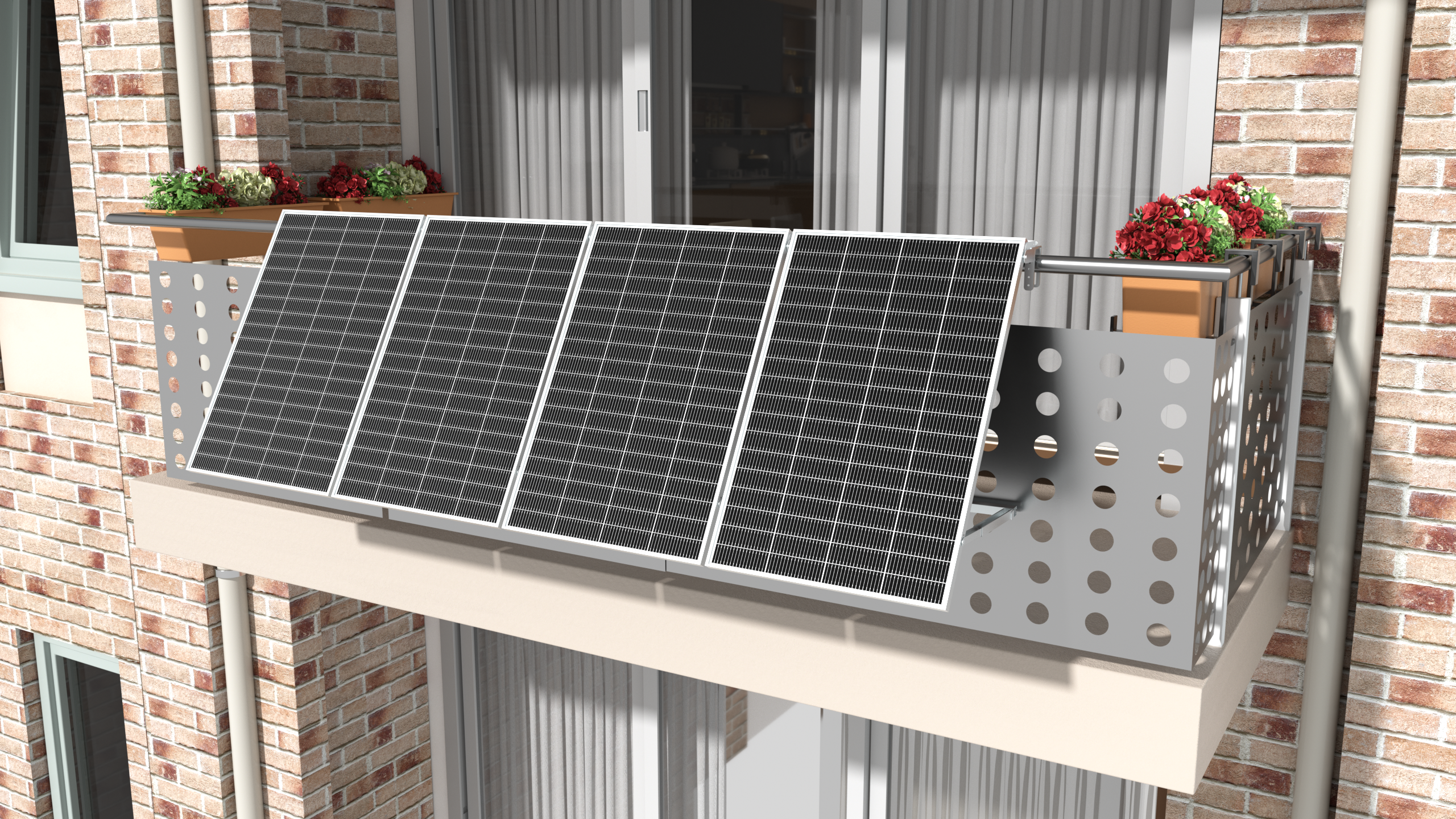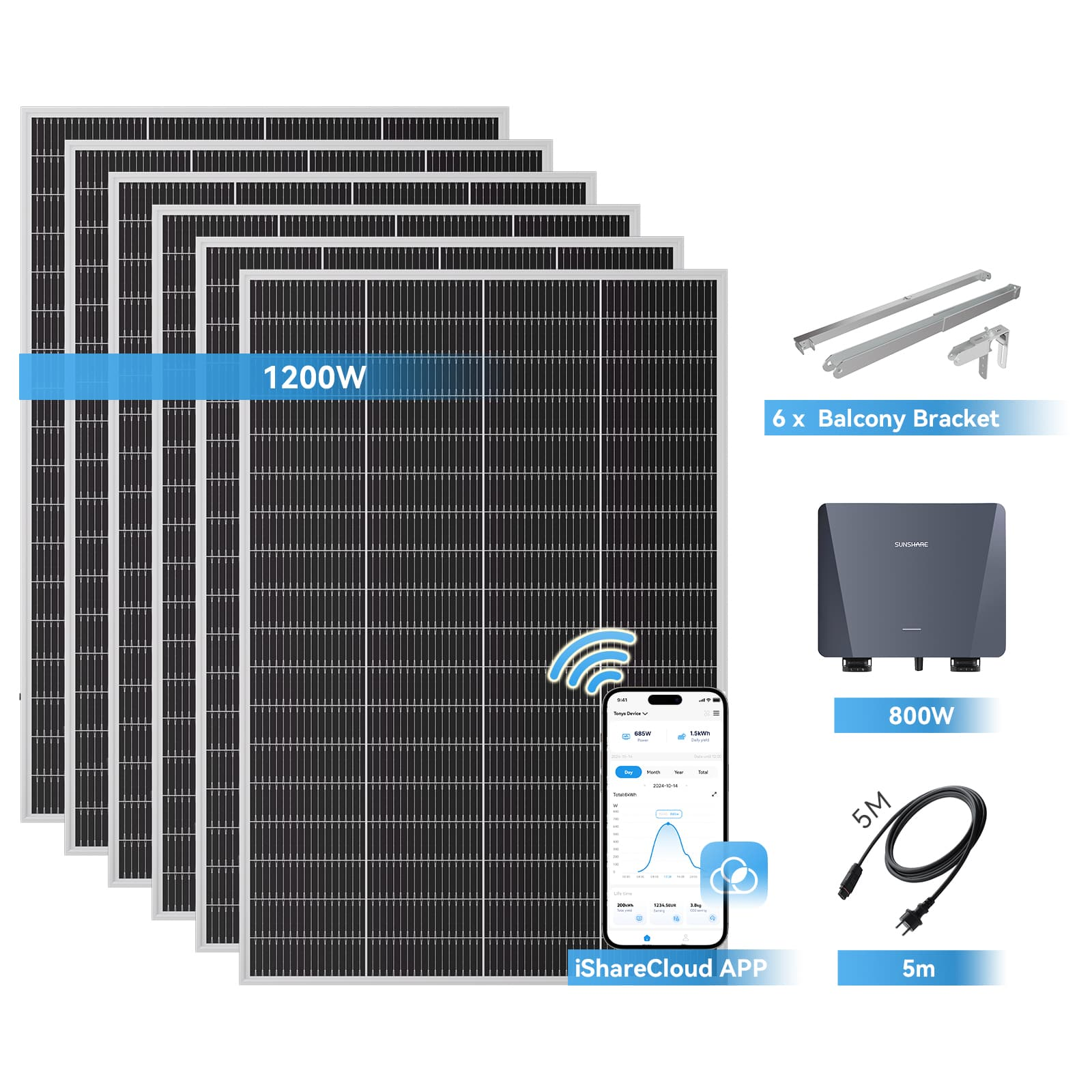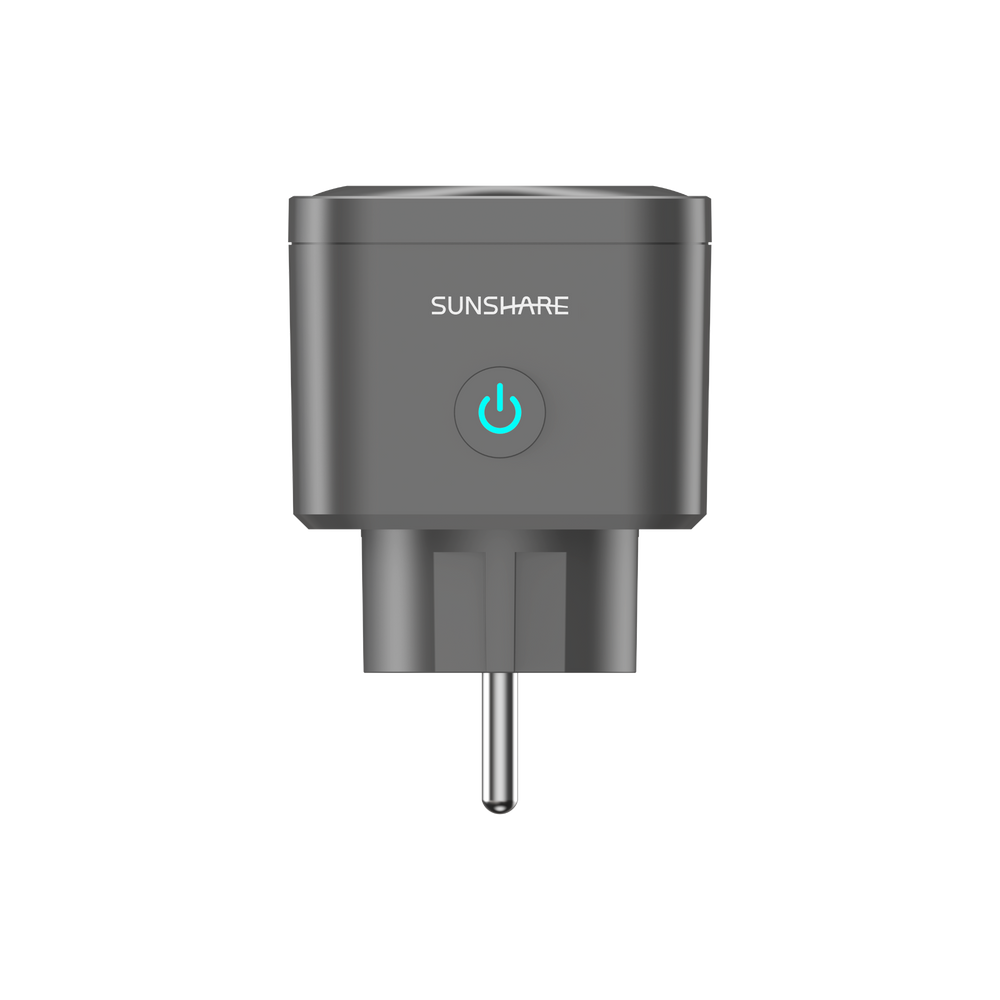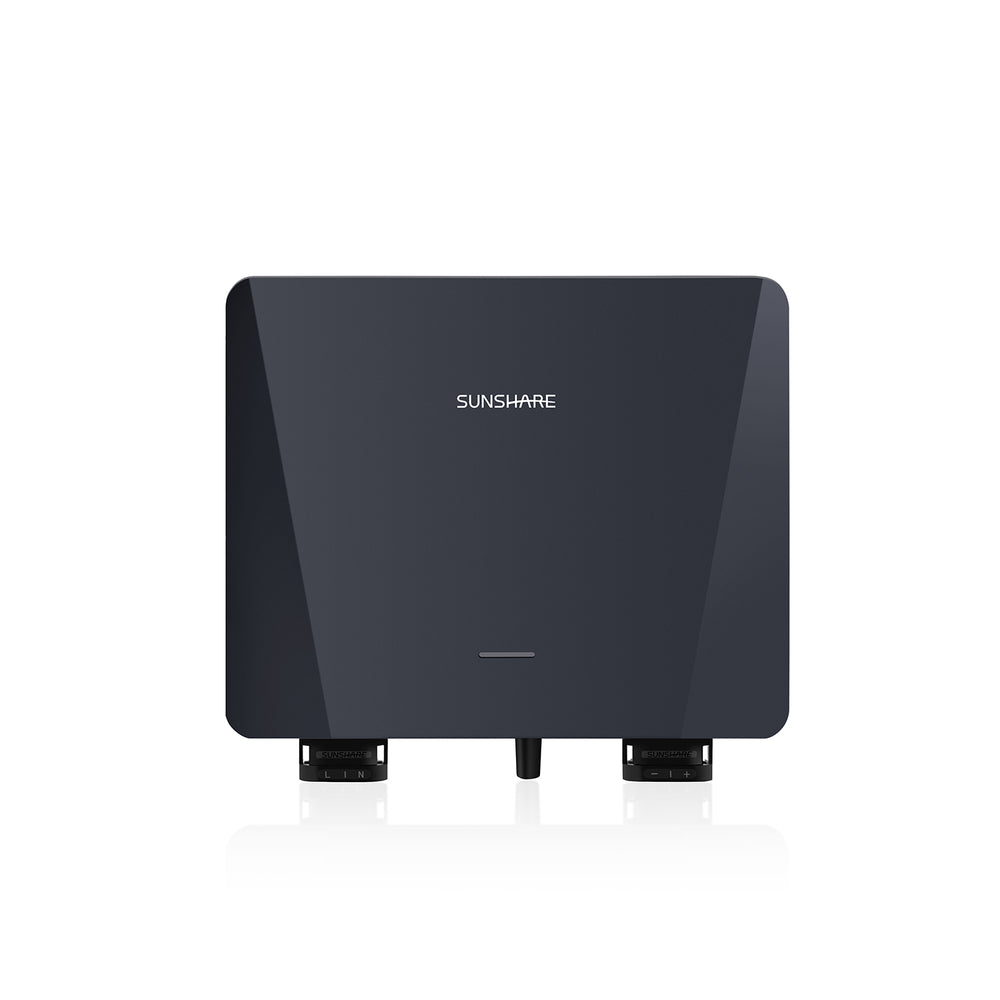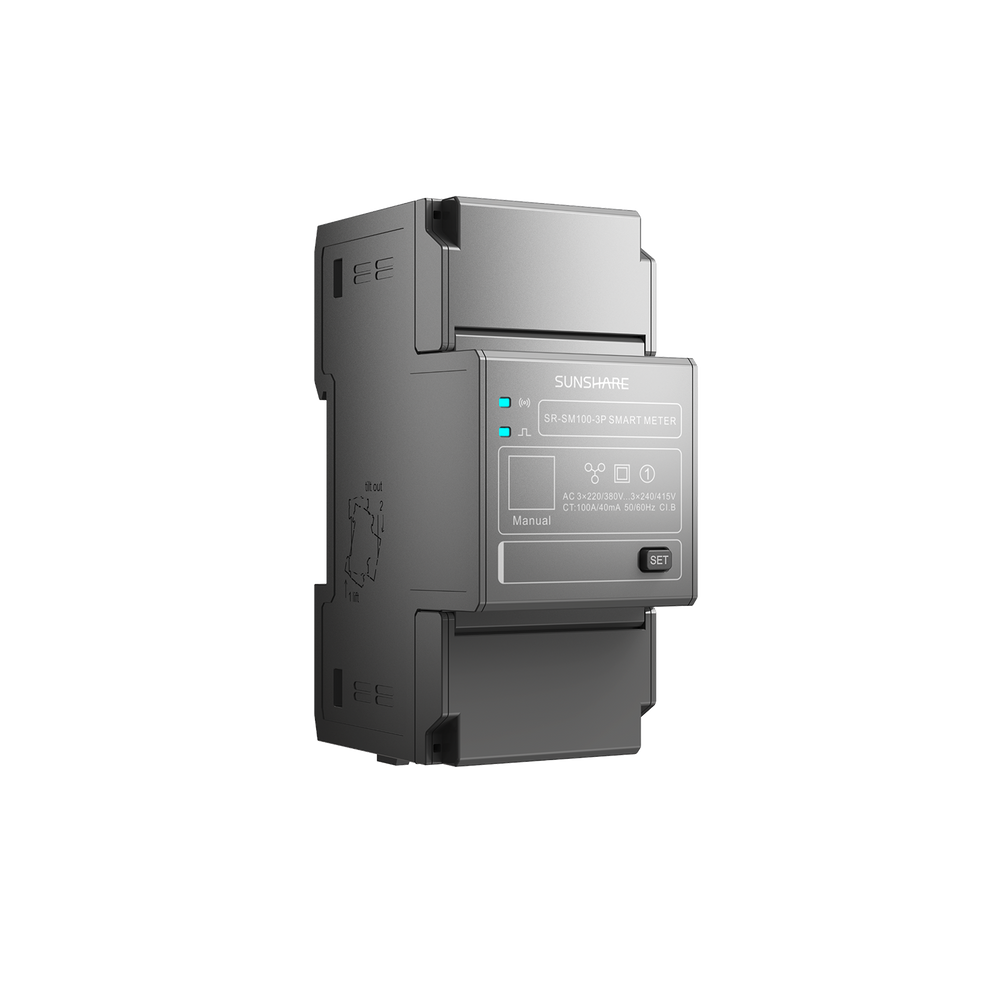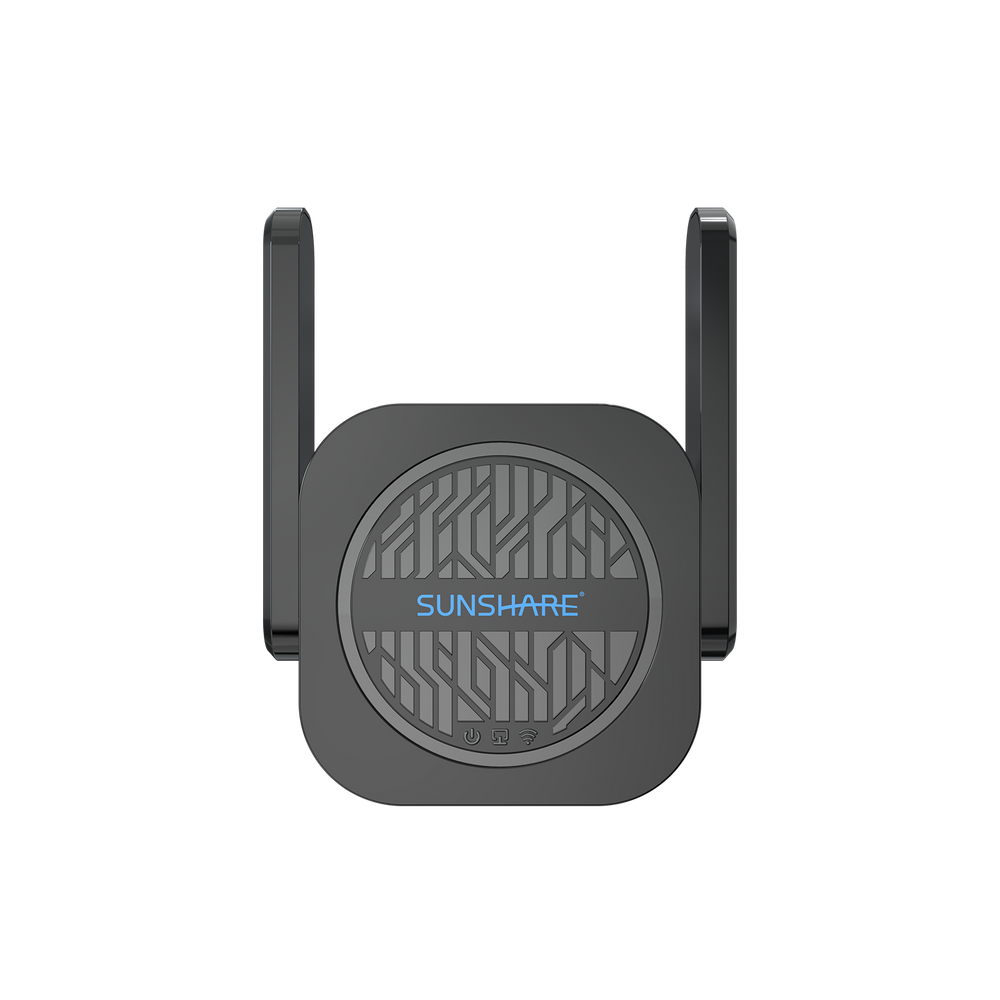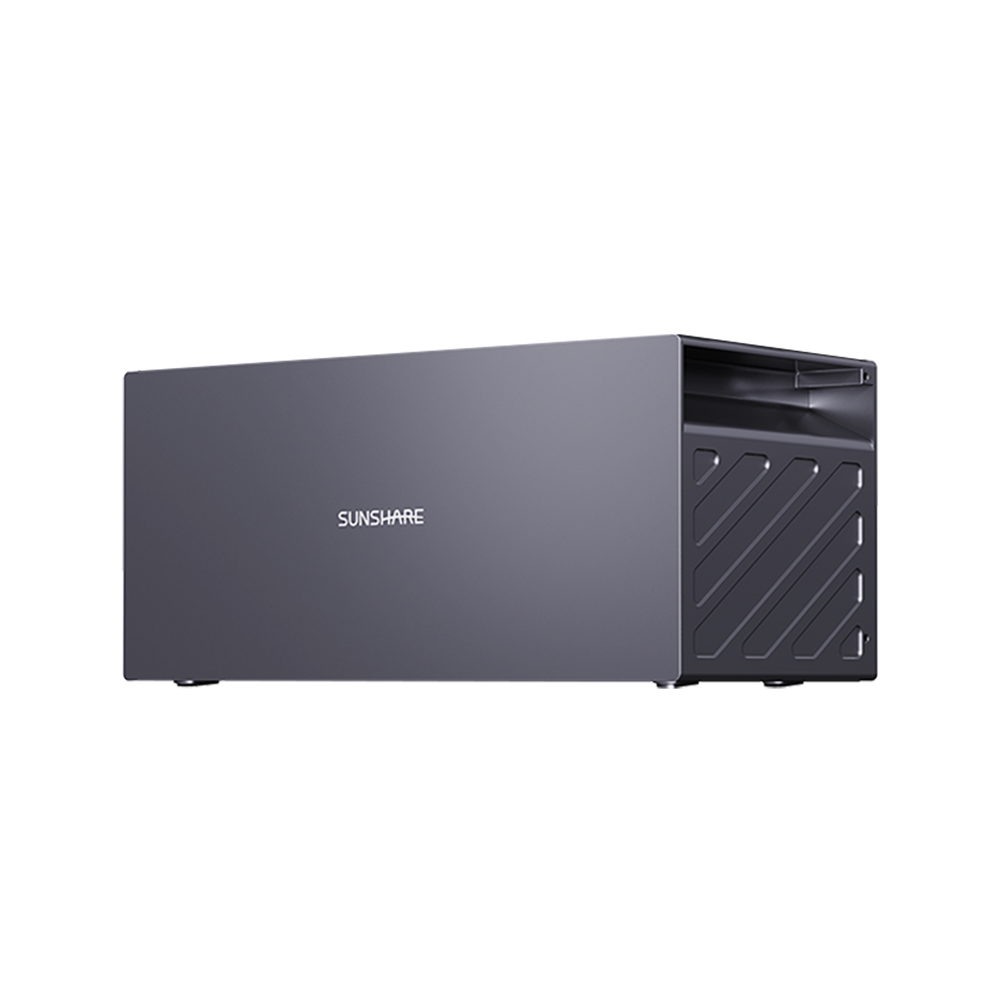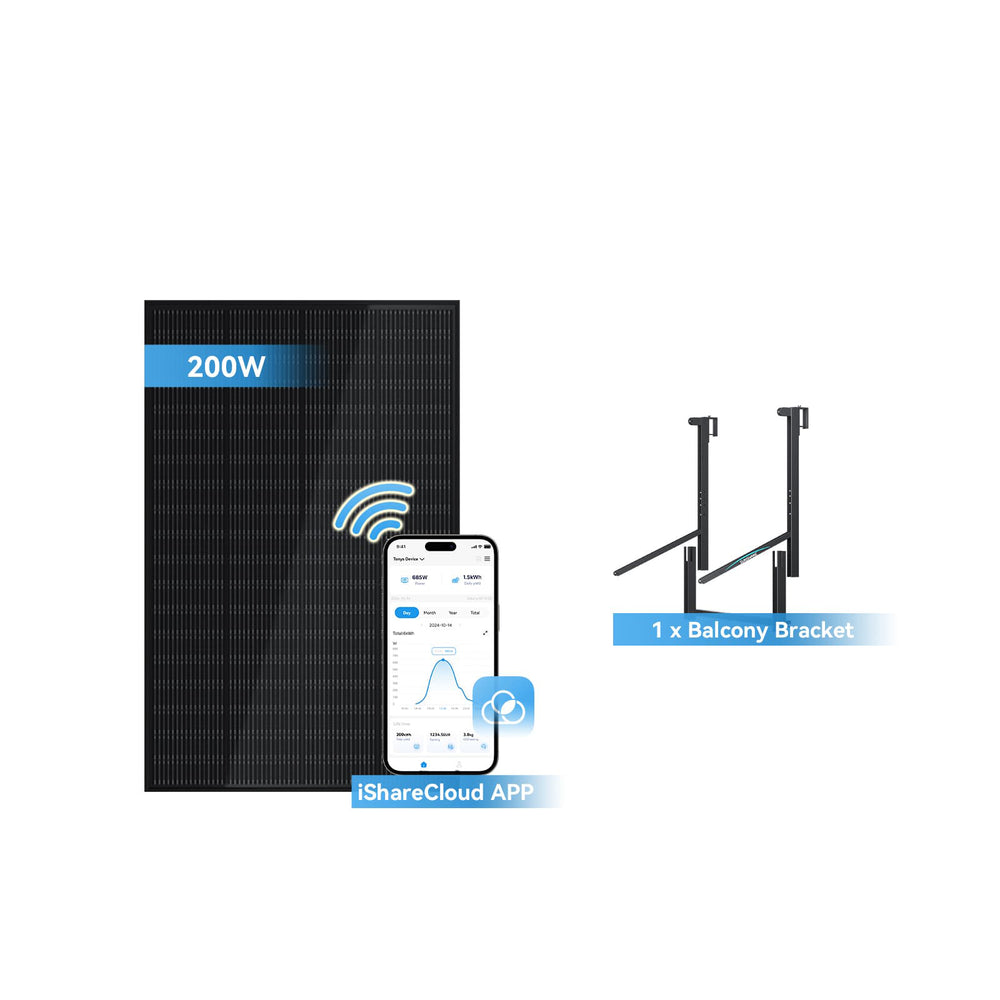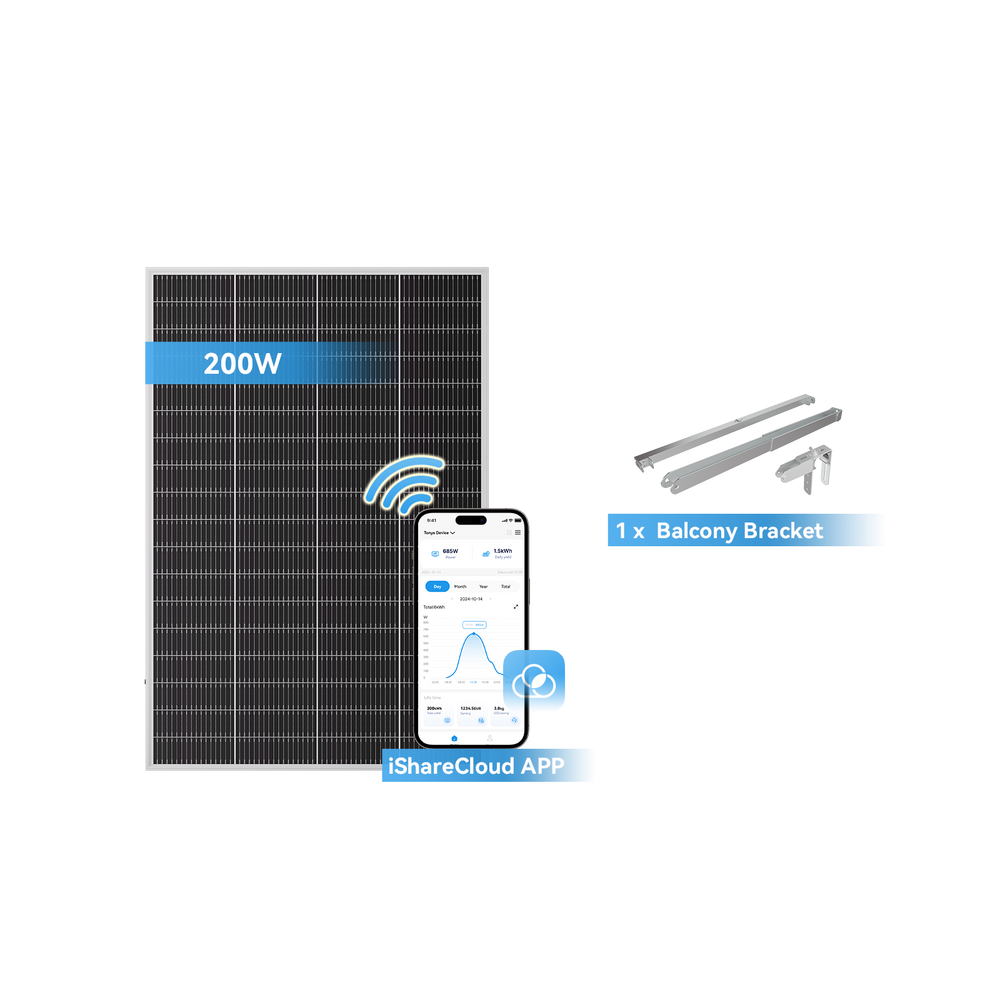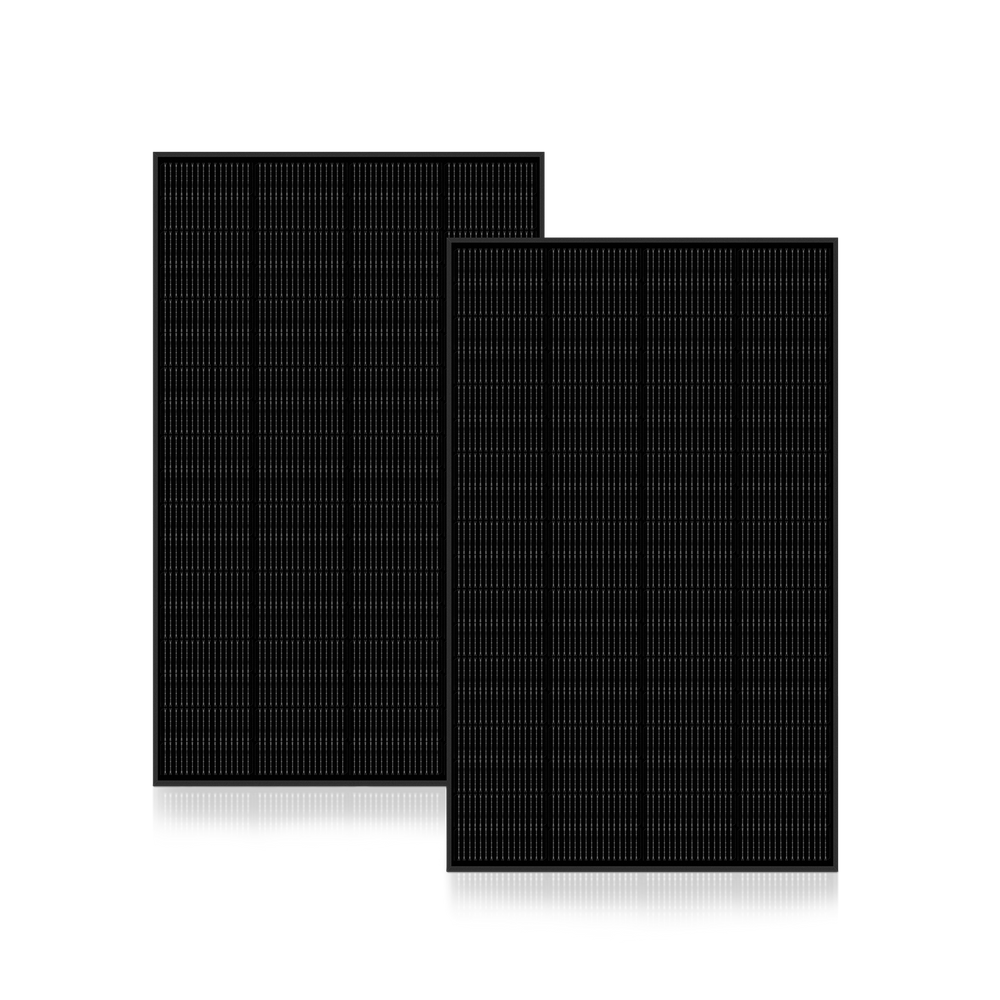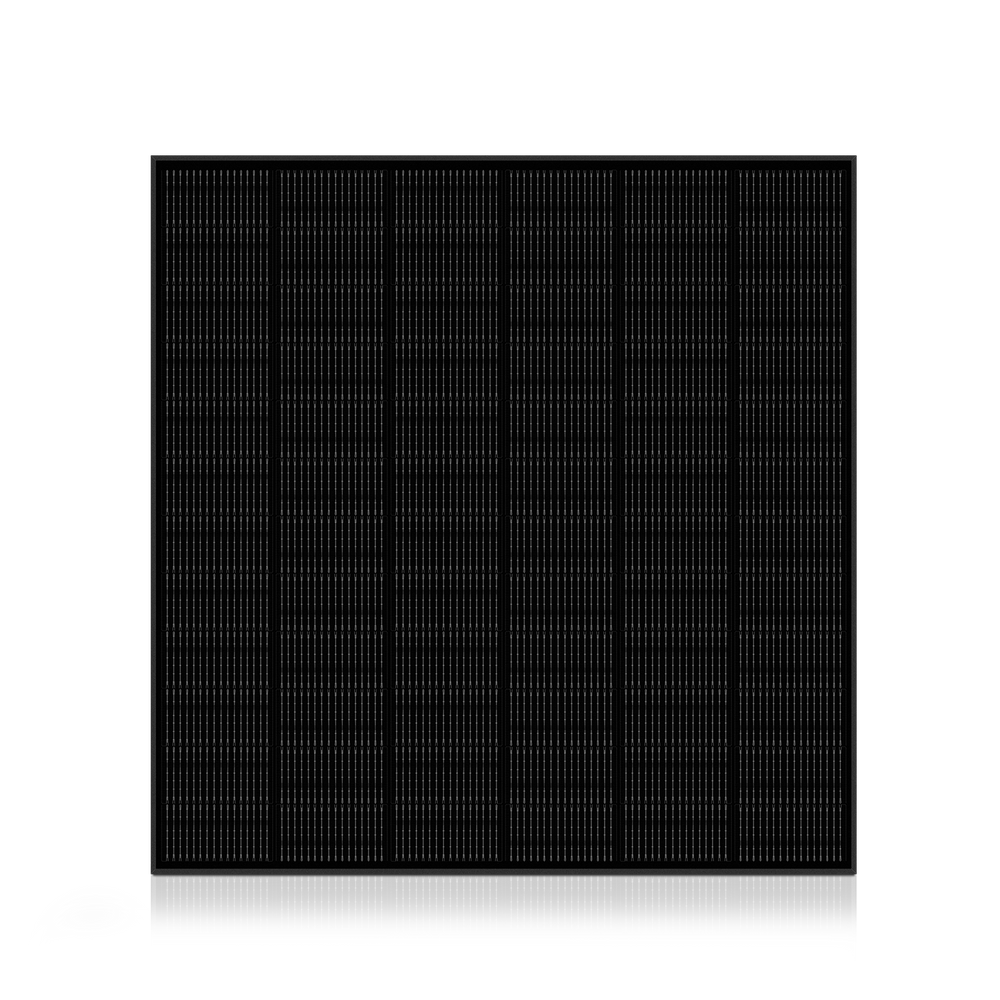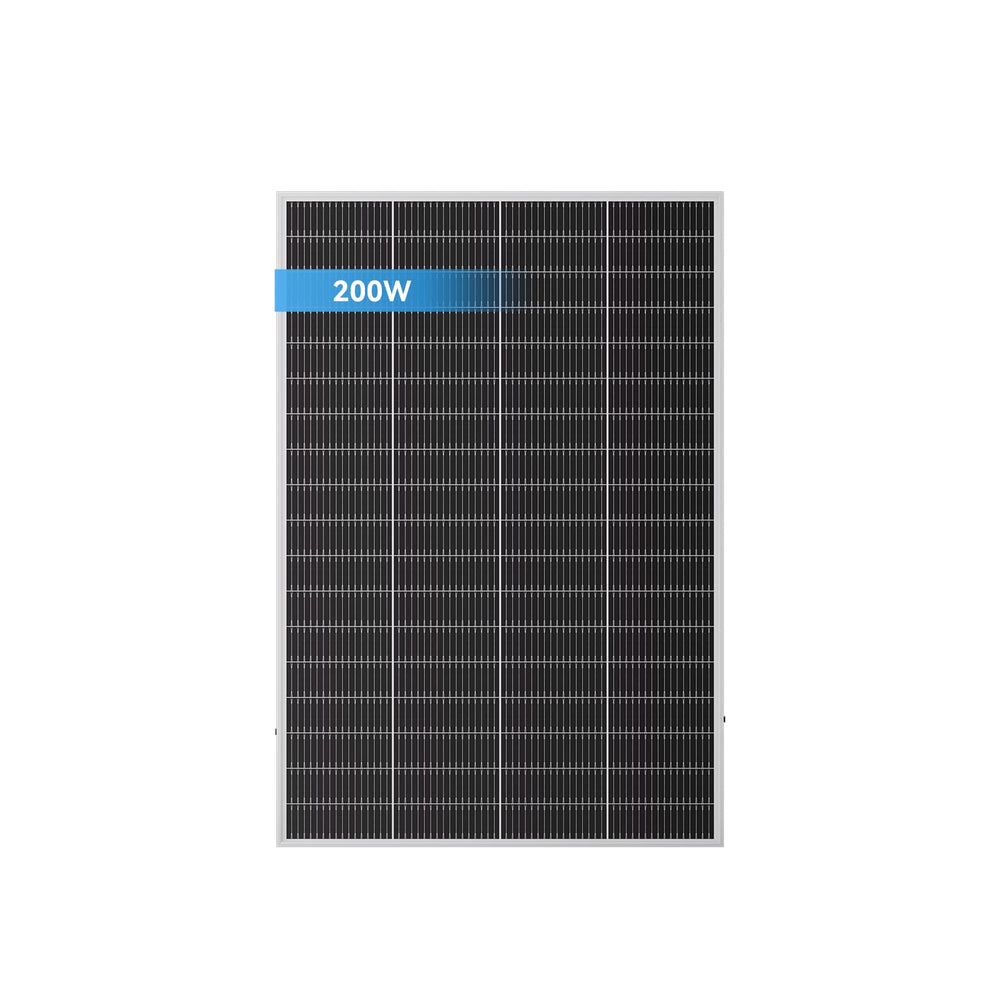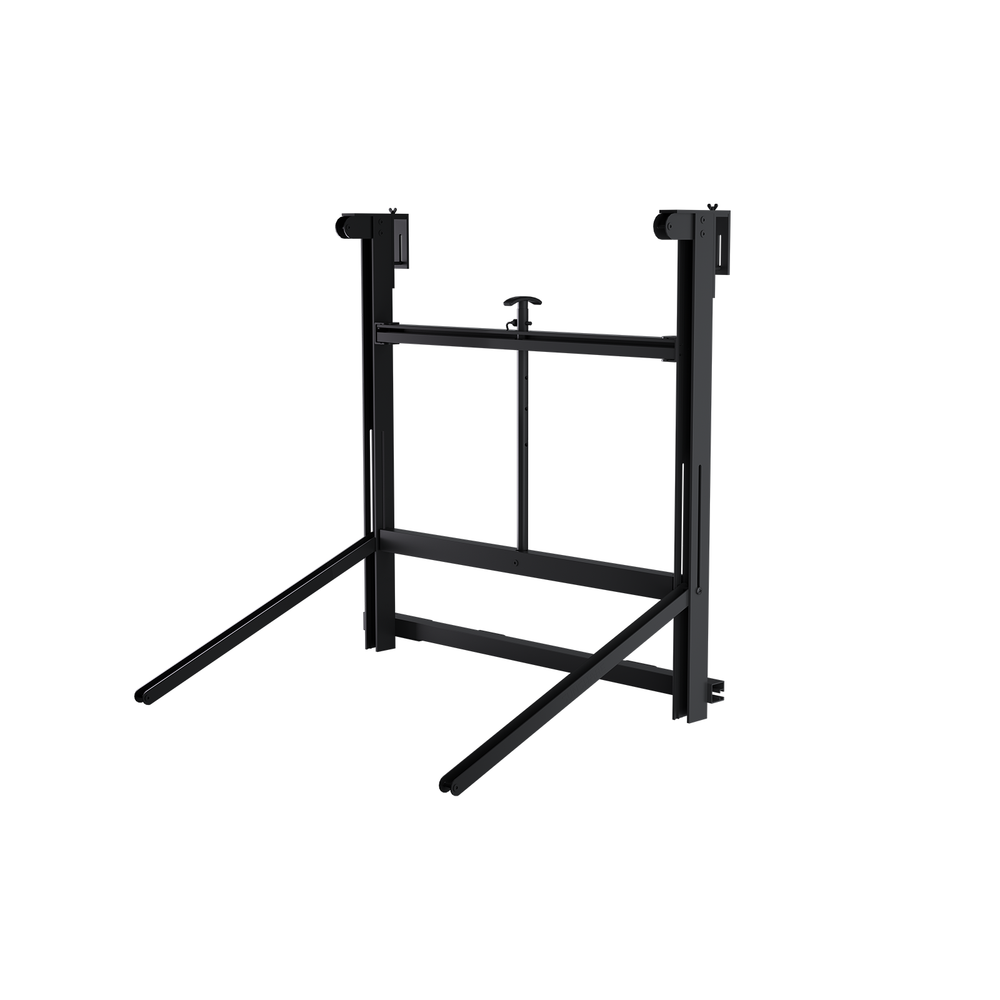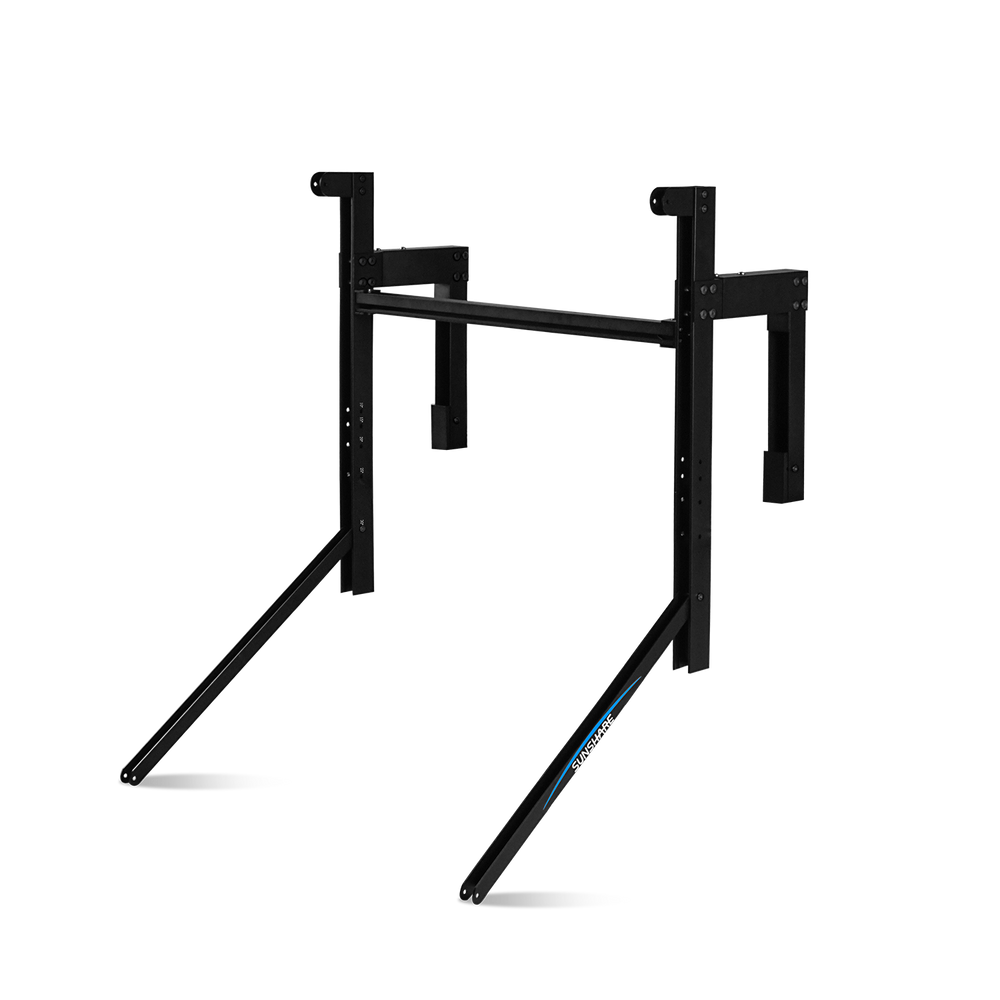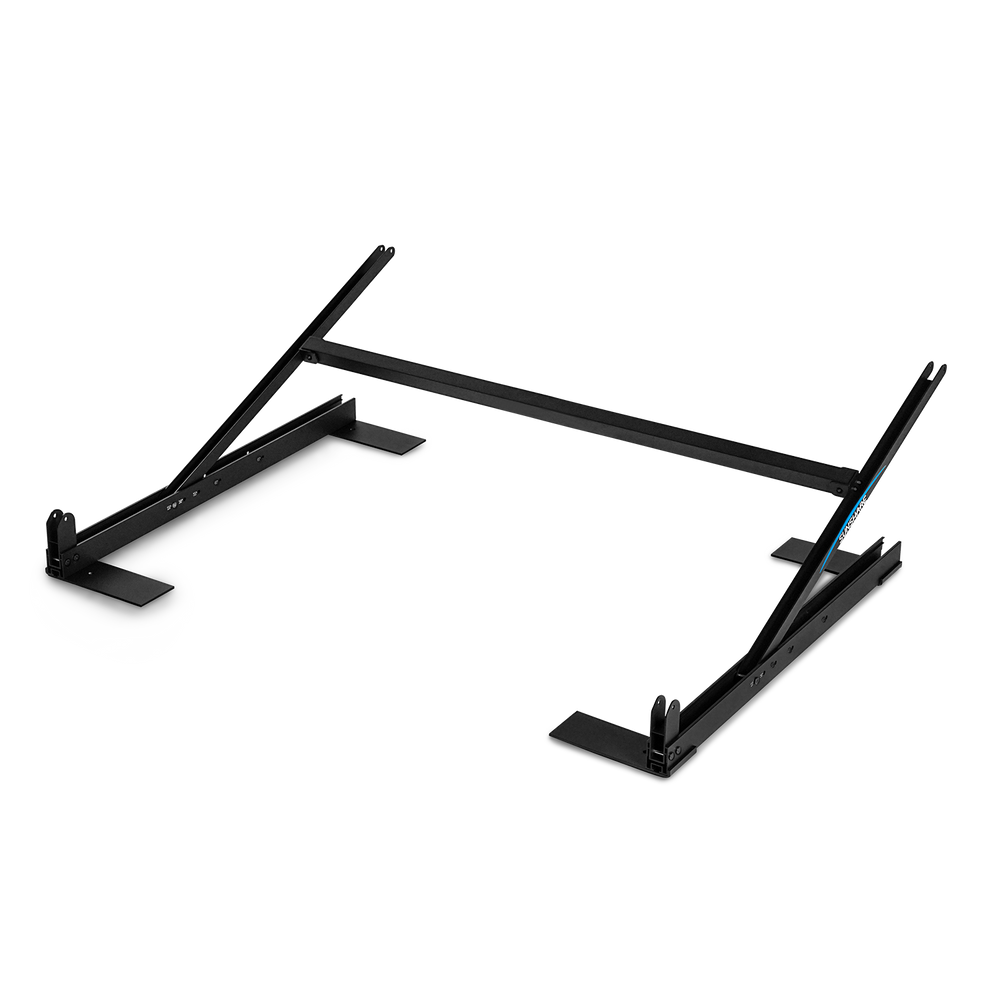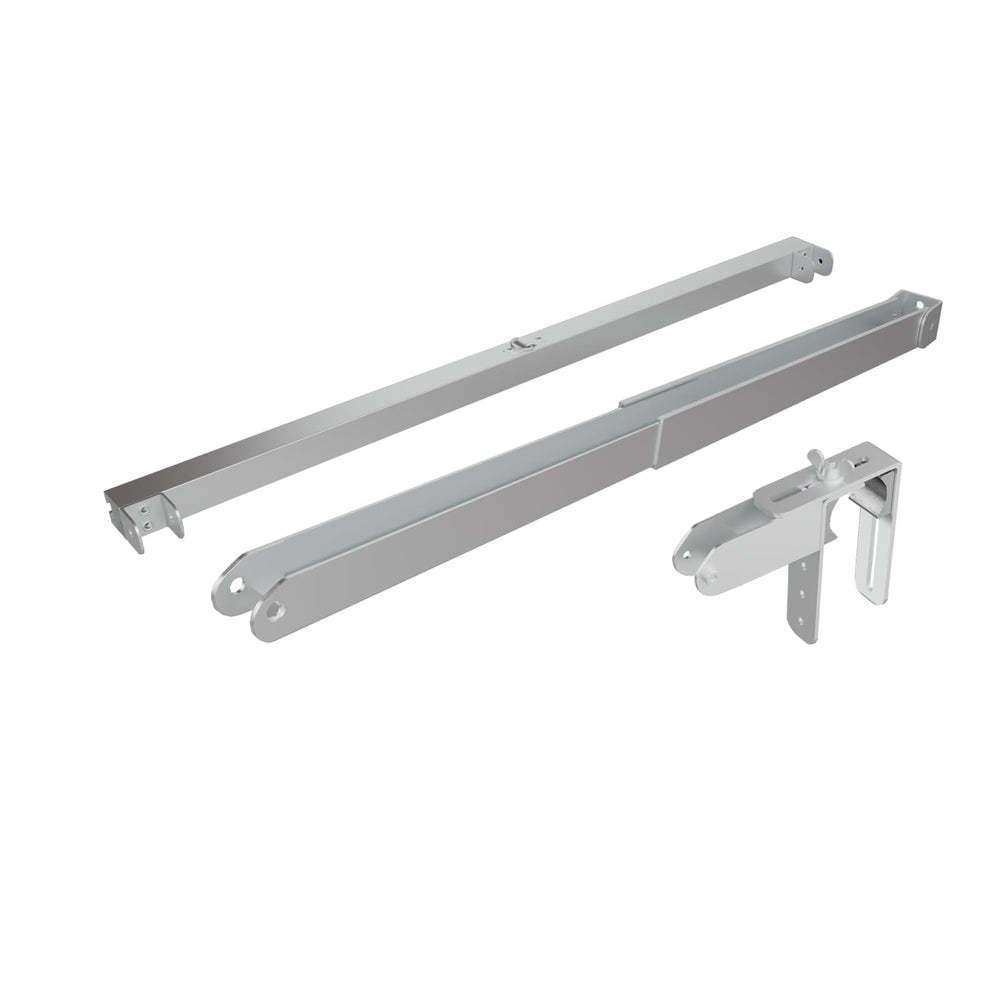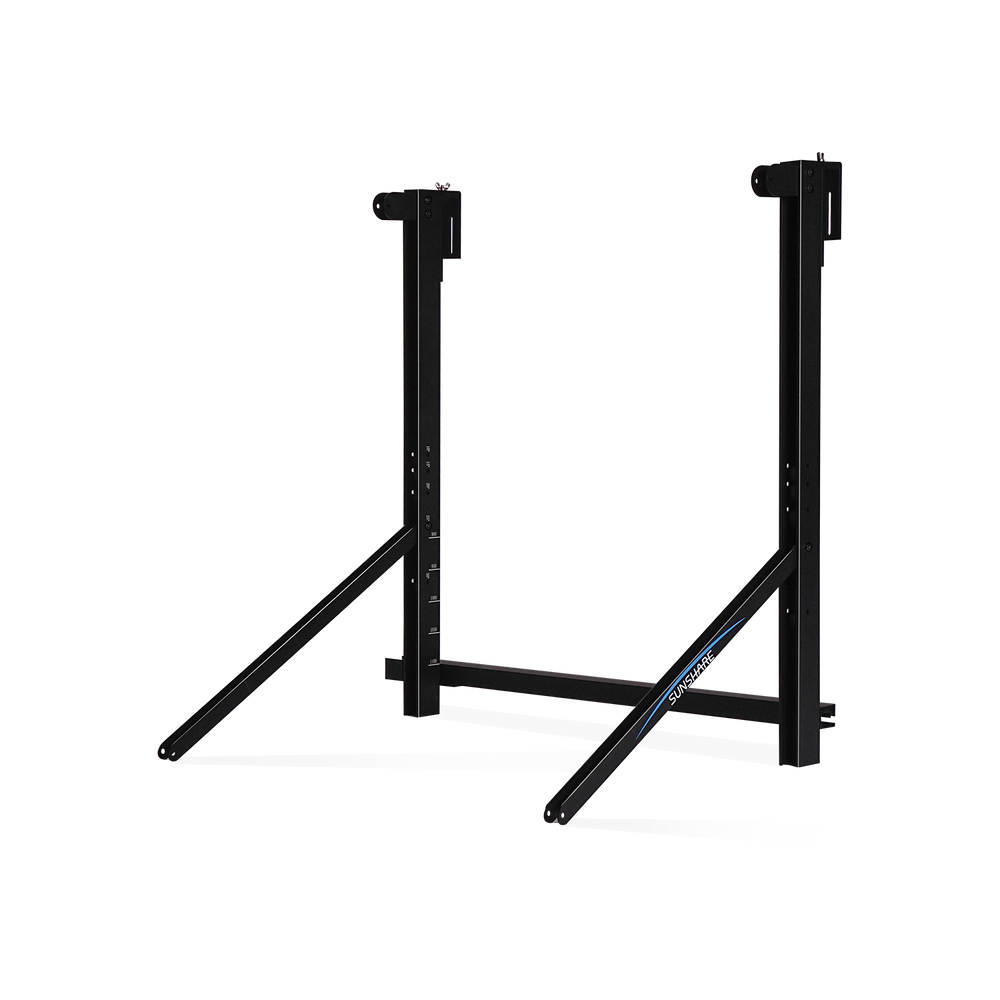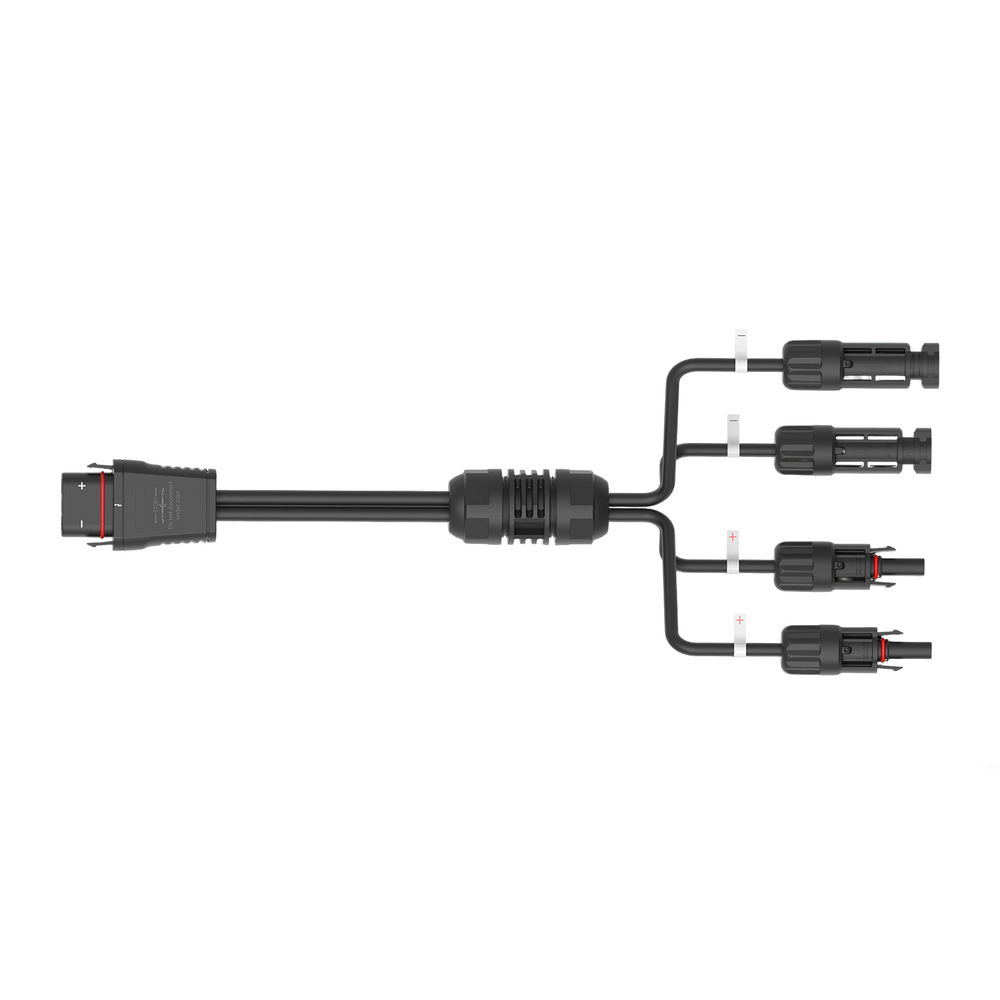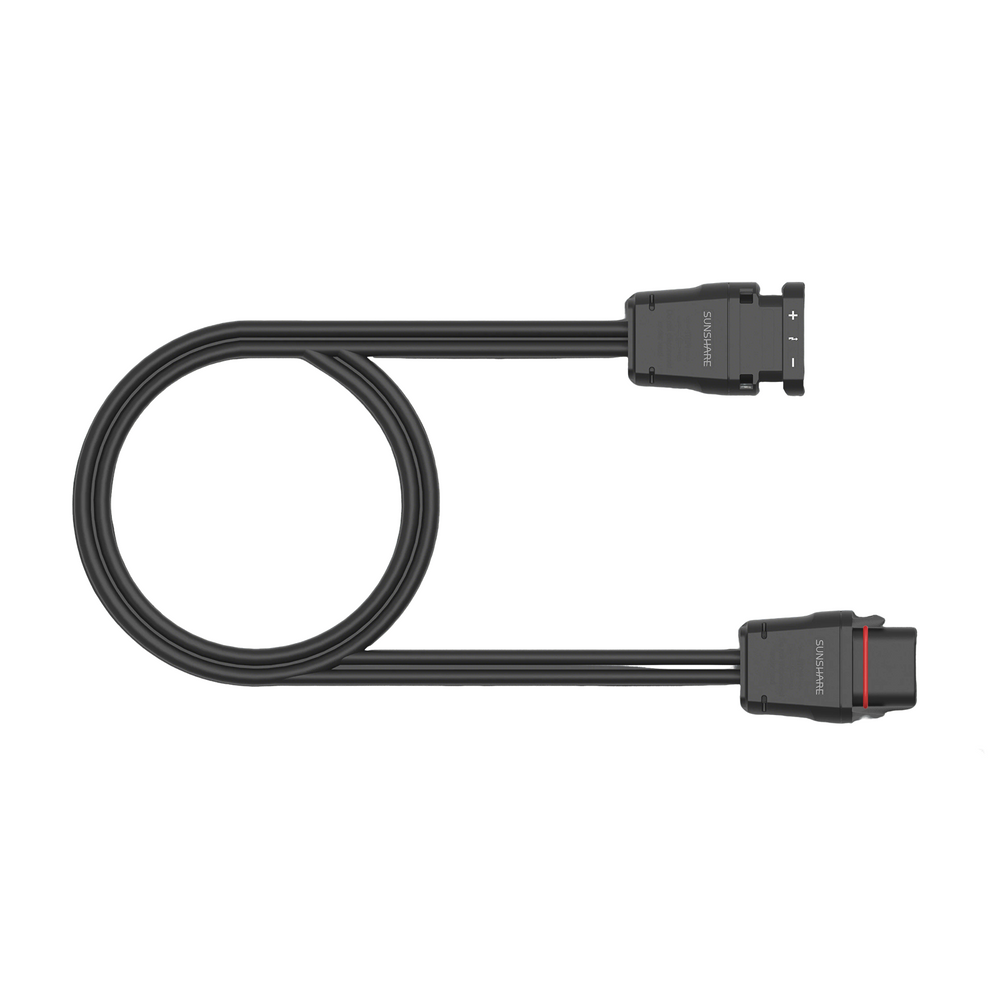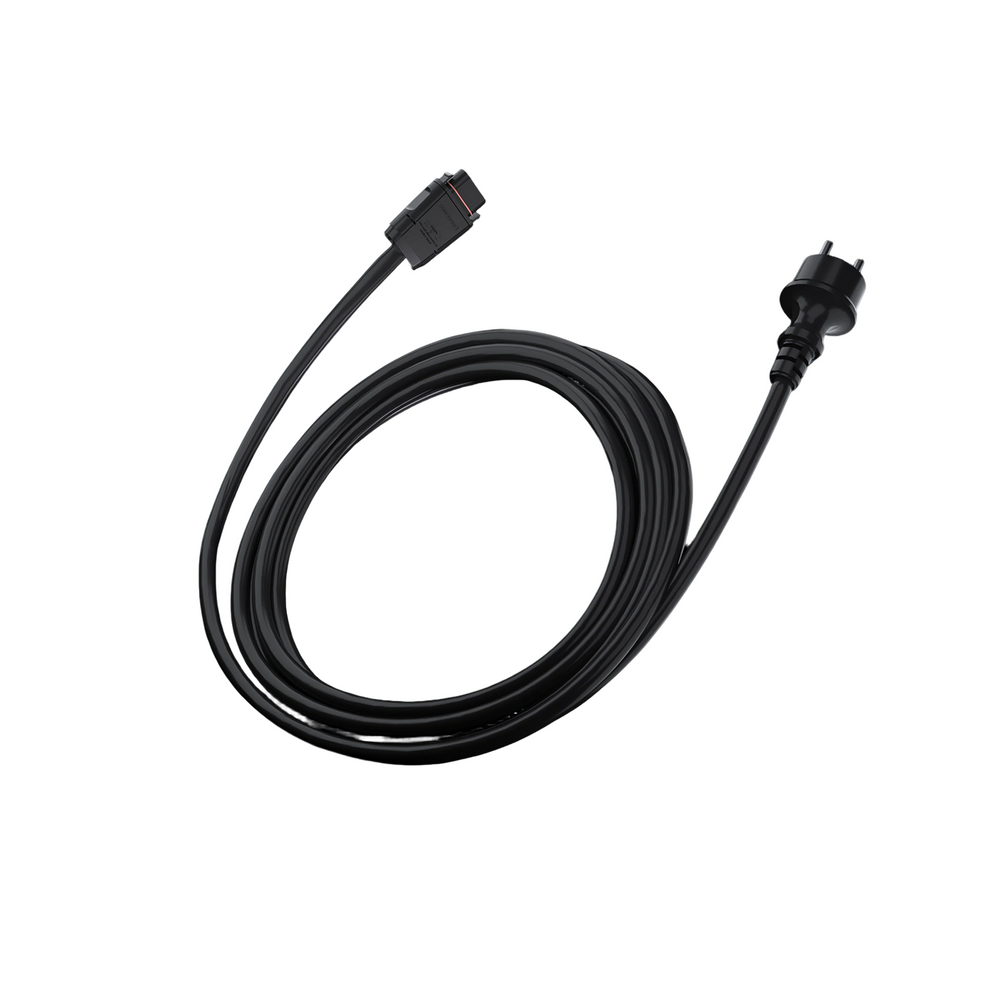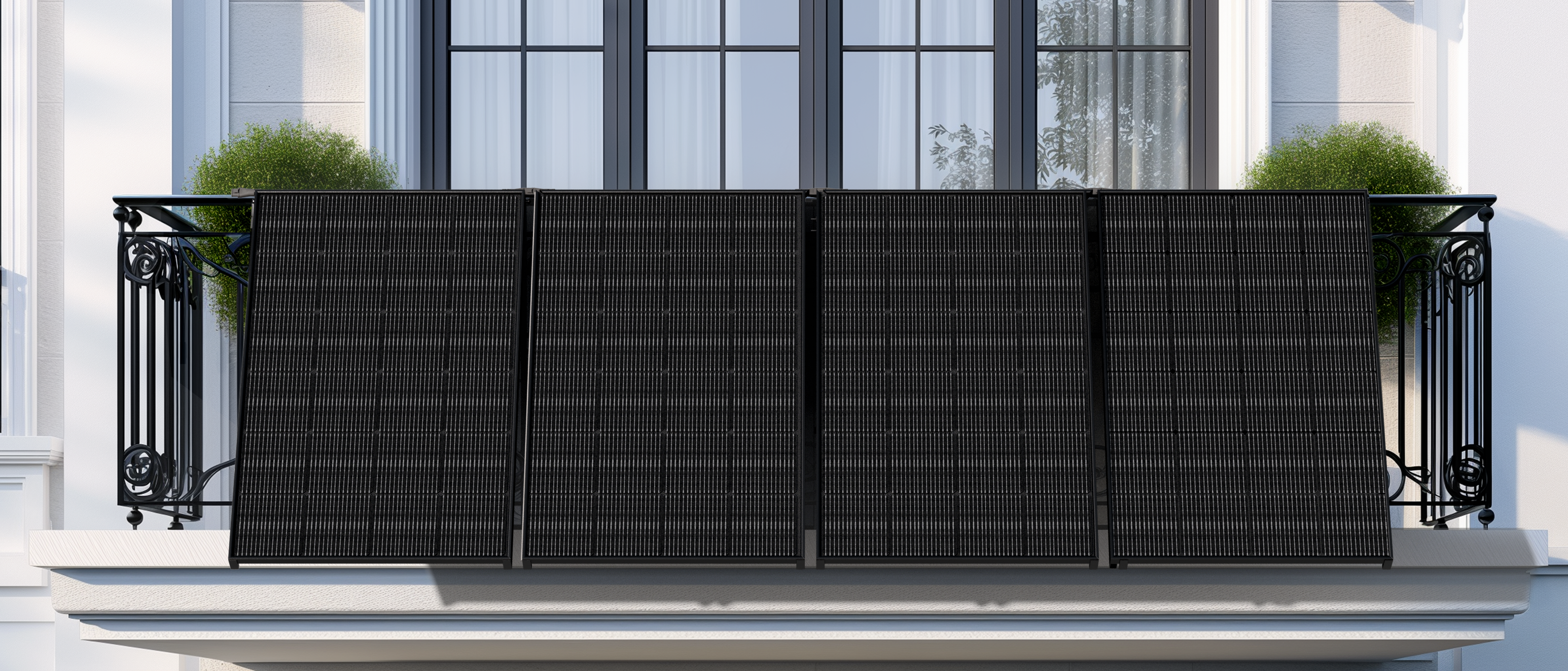Yes, the system can generate electricity even in winter. However, the output during this time will be lower than in sunnier months.
To use our solar system, your balcony just needs to meet two criteria: a suitable balcony type and an electrical outlet. That’s all you need!
Unfortunately, there is no general answer to this because every household has different electricity consumption. Nevertheless, coverage of up to 40% of the electricity requirement can be achieved. Example: A balcony power plant with a 760+ watt peak can generate up to 700 kWh (kilowatt hours) of green electricity per year when facing south. This corresponds to the annual consumption of a refrigerator, dishwasher, washing machine and television.
The higher the power of the originally installed PV module, the higher the electricity generation. When installed with a tilt angle, power generation is approximately 30% higher than without. In a work-from-home situation, the family can use more than 70% of the amount of electricity generated; in the case of absence, the proportion is usually less than 50%. An 850 Wp solar system with tilt angle installation in Berlin, without shading, can generate around 800 kWh per year, saving around 560 kWh per year in the home, which corresponds to around 230 euros. In the non-home sector, the savings are less than 400 kWh, which corresponds to less than 150 euros in total.
Sunshare products are highly pre-assembled, making installation straightforward. If you have any installation questions, you can refer to the included installation and user manual. Additionally, online installation videos are available to guide users through the process. If you still encounter difficulties, our support team is ready to assist you. Please call us or send us a message.
If your balcony solar system has any defects during or after the warranty period, please message us or register for warranty service on our website. Our team will be happy to assist you and will arrange for a replacement if needed.
In midsummer, the sun is at high angle, causing the incident angle to become sharper which leads to power losses. These can reduce performance by 30-40% depending on the situation. At the same time, spring and autumn are more powerful seasons due to the lower position of the sun. Since the angle of solar radiation in summer is essentially perpendicular to the ground, an installation without an angle of inclination will result in significant power losses (30-40%). This loss decreases in winter, early spring and late autumn as the angle of sunlight changes. However, since the main electricity generation period is concentrated in the summer, it is recommended to install the modules with an angle of inclination if possible.
The Sunshare modules are tailor-made and have a single module size of only 766mm, allowing them to be adapted to the needs of balconies of different sizes for solar power systems. On smaller balconies, four 200W modules can be installed on a balcony length of 3.2m to achieve 800W power generation. In addition, the optimized design of the system connection enables individual connection, so that users can freely combine 1-6 modules as needed to optimally cover their power consumption.
The Sunshare solar panels are made of environmentally friendly, lightweight materials, which ensures controlled quality of each module. Mounted with brackets, they can be installed independently by an adult. However, we recommend that users of all ages ask a family member or friend to help with the installation, depending on their physical condition.
The Sunshare Ray balcony solar system features a drill-free design and pre-assembled brackets, allowing average users can install it without professional assistance. The DIN VDE 0100-551-1:2016-09 standard also stipulates that non-certified end users are also allowed to connect the system to a professional socket. However, if a Wieland plug is required, the installation must be carried out by a qualified electrician.


